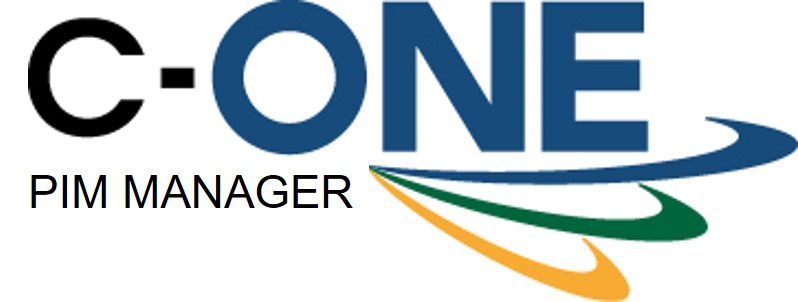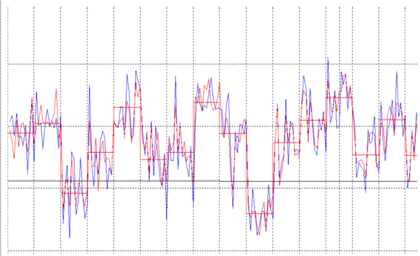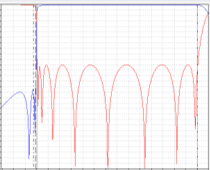As Spectrum Becomes Increasingly Crowded, Interference Challenges Grow
Interference in mobile networks degrades performance, throughput, user experience, revenue, and increases churn. Often it is hard to identify, locate, and/or eliminate the source of interference.
Spectrum refarming, new frequency band allocations and auctions, and new unlicensed bands - these industry developments, while exciting, compound the problem.
Our mission is to help mobile network operators get the most from their RAN (Radio Access Network) by providing solutions that remove most types of interference and adapt to a dynamic RF environment.
New frequency band allocations create new opportunities
There's much to be excited about: 3,750 MHz of spectrum was auctioned by the FCC in 2020 and 2021, raising a total of $93 billion in gross proceeds. By comparison the AWS-3 auction in 2015 was conducted with 65 MHz of spectrum. Here's the breakdown of recently licensed bands:
Name Frequency Spectrum Gross Proceeds
CBRS 3.55-3.65 GHz 70 MHz $4.6 billion
C-band 3.70-3.98 GHz 280 MHz $80.9 billion
5G mmWave 37, 39, 47 GHz 3,400 MHz $7.6 billion
New bands, new interference challenges
The release of this much new spectrum, particularly with 350 MHz in the mid-band, will undoubtedly accelerate 5G deployment and adoption. Similarly, developments in the Wi-Fi 6 (6 GHz) and semi-licensed CBRS bands will spur activity in the consumer and commercial sectors.
All this means more base station radios, amplifiers and repeaters, and subscriber devices. Which potentially means more noise and interference, though much remains to be seen as network coverage expands. As mobile network interference specialists, here are some questions that keep us up at night:
Will guard bands and filters be properly implemented and provide adequate protection?
What are the non-cellular sources of interference yet to be encountered in these new bands?
What are the new frequency band combinations that will be vulnerable to PIM?
New frequency band allocations create new opportunities
There's much to be excited about: 3,750 MHz of spectrum was auctioned by the FCC in 2020 and 2021, raising a total of $93 billion in gross proceeds. By comparison the AWS-3 auction in 2015 was conducted with 65 MHz of spectrum. Here's the breakdown of recently licensed bands:

New bands, new interference challenges
The release of this much new spectrum, particularly with 350 MHz in the mid-band, will undoubtedly accelerate 5G deployment and adoption. Similarly, developments in the Wi-Fi 6 (6 GHz) and semi-licensed CBRS bands will spur activity in the consumer and commercial sectors.
All this means more base station radios, amplifiers and repeaters, and subscriber devices. Which potentially means more noise and interference, though much remains to be seen as network coverage expands. As mobile network interference specialists, here are some questions that keep us up at night:
Will guard bands and filters be properly implemented and provide adequate protection?
What are the non-cellular sources of interference yet to be encountered in these new bands?
What are the new frequency band combinations that will be vulnerable to PIM?




